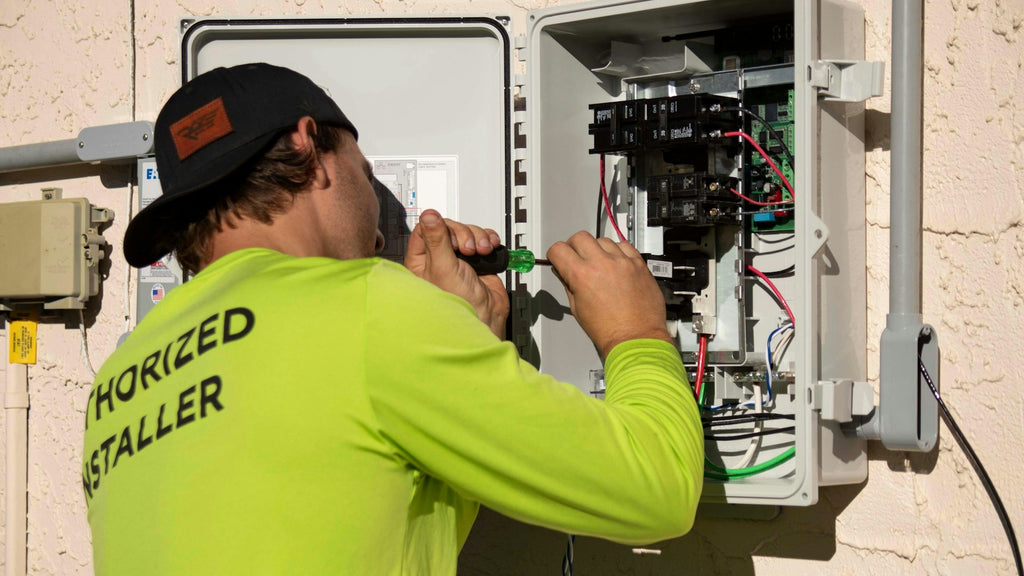Solar inverters play a crucial role in converting the direct current (DC) generated by solar panels into alternating current (AC) for use in homes and businesses. However, like any technology, they can experience failures. This article serves as a comprehensive guide to understanding solar inverter failures: a guide to solving 8 familiar issues that users may encounter.

1. Overheating Issues
One of the most common problems with solar inverters is overheating. This can occur due to inadequate ventilation or excessive ambient temperatures. If your inverter is overheating, it may shut down to protect itself. To prevent this, ensure that the inverter is installed in a shaded area with proper airflow.
2. Communication Errors
Communication errors can disrupt the monitoring of your solar system. These issues often arise from faulty wiring or problems with the inverter's software. If you notice that your monitoring app is not displaying data, check the connections and consider resetting the inverter.
3. Ground Faults
Ground faults can lead to significant safety hazards. They occur when there is an unintended path between the electrical system and the ground. Regular inspections can help identify potential ground faults. If you suspect one, it is essential to consult a professional to address the issue promptly.
4. Inverter Not Turning On
If your solar inverter fails to turn on, it could be due to several reasons, including a blown fuse or a tripped circuit breaker. Check these components first. If everything appears normal, it may be time to contact a technician for further diagnosis.
5. Low Power Output
Experiencing low power output can be frustrating. This issue may stem from shading on the solar panels, dirt accumulation, or even inverter malfunctions. Regular maintenance and cleaning of the panels can help maximize efficiency. If problems persist, consider consulting the solar inverter troubleshooting guide for more insights.
6. Error Codes
Most modern inverters display error codes when issues arise. Understanding these codes is vital for troubleshooting. Refer to your inverter's manual to decode the messages and take appropriate action based on the recommendations provided.
7. Age and Wear
Like all electronic devices, solar inverters have a lifespan. If your inverter is nearing the end of its expected life, it may start to show signs of wear, leading to failures. Regular inspections can help you determine if replacement is necessary.
8. Firmware Updates
Inverters often require firmware updates to function optimally. Failing to update the firmware can lead to performance issues. Check the manufacturer's website periodically for updates and follow their instructions to ensure your inverter operates smoothly.
Conclusion
Understanding solar inverter failures: a guide to solving 8 familiar issues is essential for maintaining an efficient solar energy system. By being proactive and addressing these common problems, you can ensure that your solar inverter operates effectively for years to come. For more detailed troubleshooting, refer to the solar inverter troubleshooting guide.
